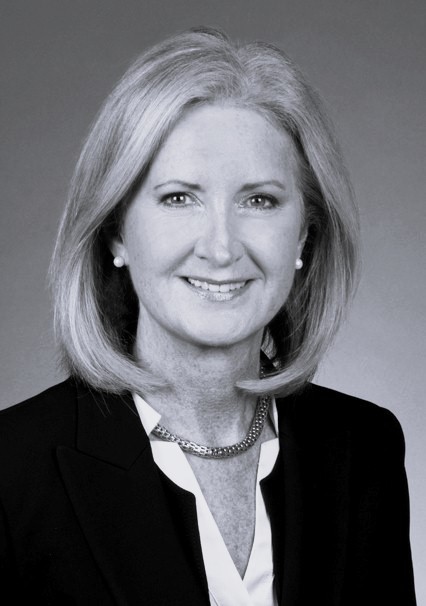HOUSTON—The Alexander Group proudly announces the addition of seasoned international executive Sally King to the firm’s advisory and consulting team. King brings extensive experience in global operations, strategic planning, merger planning and integration, finance, and all aspects of operational management to the consulting role.
King will play a pivotal part in furthering The Alexander Group’s mission to provide unparalleled strategic guidance to its diverse clientele. With more than 30 years of experience working with global, national, and regional law firms, King’s knowledge expands The Alexander Group’s ability to serve clients through team and executive assessment, advisory, and consulting strategies.
“We have followed Sally’s career and her impact on the firms for whom she has worked for decades,” said John Lamar, Managing Director at The Alexander Group. “She is an outstanding thought leader in this rapidly evolving industry.”
Prior to joining The Alexander Group, King served as Regional Chief Operating Officer for Clifford Chance, Chief Operating Officer for Dentons and Akin Gump, completing her career at Patterson Belknap Webb & Tyler.
“I am excited to embark on this new journey with The Alexander Group,” said Sally King. “I have long admired the firm’s dedication to excellence and its unwavering commitment to client success.”
King holds an MBA from Columbia University Graduate School of Business and is a fellow of the College of Law Practice Management and has served on the Boards of British American Business, Infinite Global Consulting, and the Board of Advisors for Catalyst. She is a certified Executive Coach and a member of the International Coaching Council. King was also a Special Advisor to the New York State Bar Association Committee on Law Practice Management.
